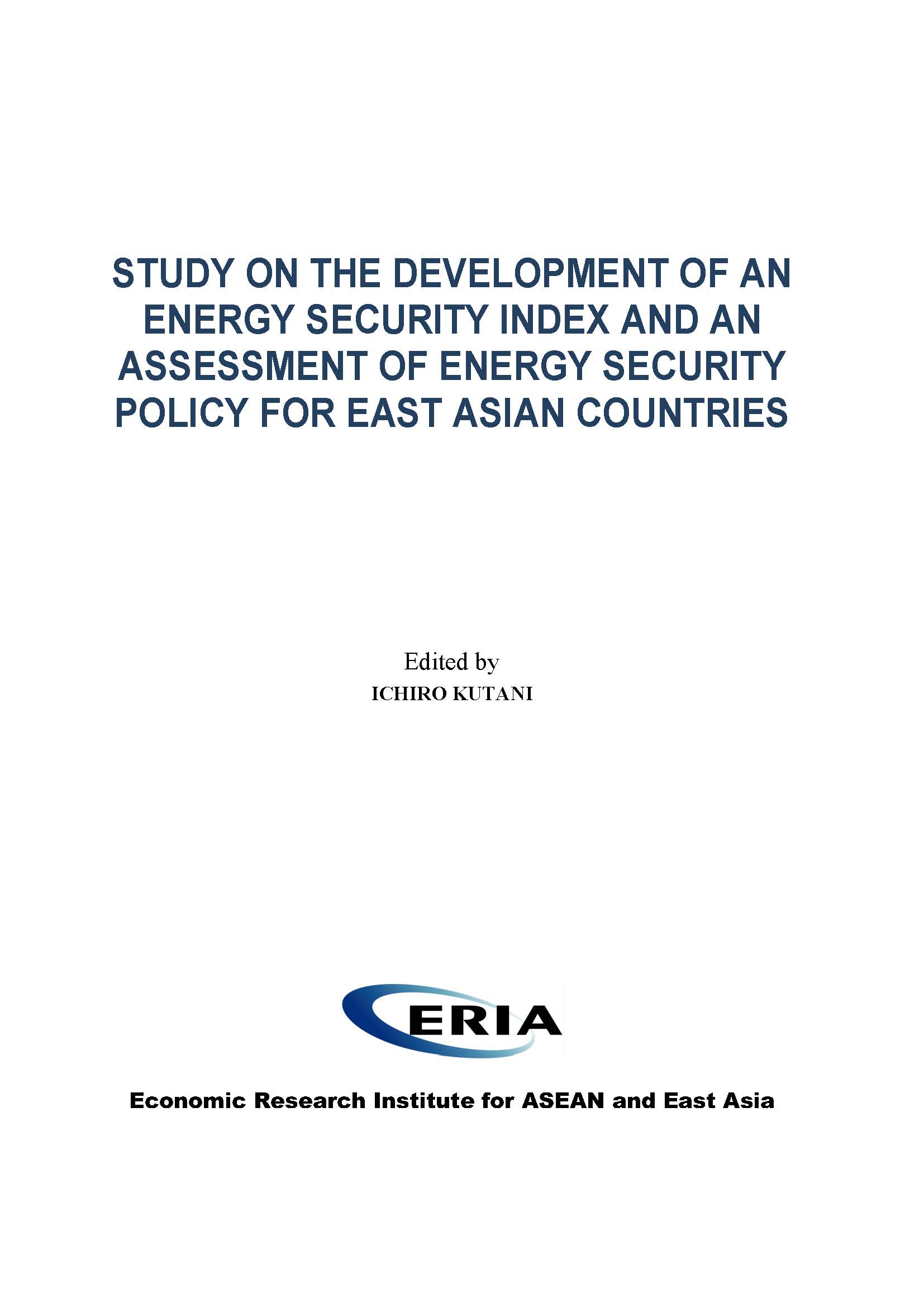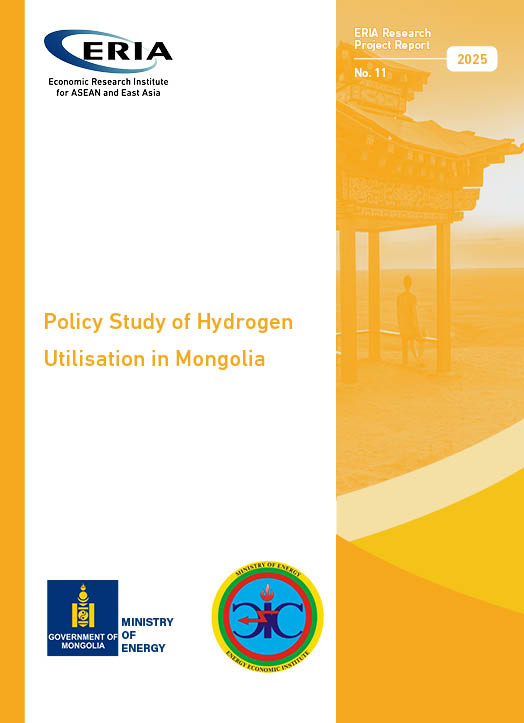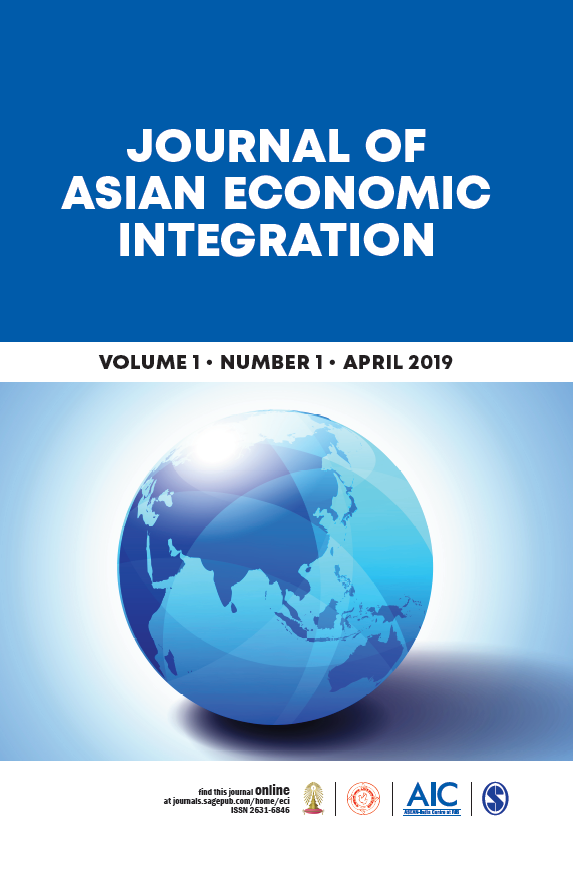Study on the Development of an Energy Security Index and An Assessment of Energy Security Policy for East Asian Countries

Date:
31 October 2014Category:
Energy, Regulation and GovernanceType:
Research Project ReportsTags:
Print Article:
Executive Summary
This study examines the quantitative status of energy security in each country to predict the future and to draw out policy implications for improving their specific situations.
MAIN ARGUMENT
Although the importance of energy security has already became common ground and shared among countries, the methodology to obtain an accurate and quantitative view of its status is not established with consensus. Accurate understanding of current situation in energy security is essential in developing and implementing better energy policy. From this point of view, lack of established assessment methodology is a matter of concern. This study aims to provide a possible way to have an accurate view of the energy security situation in the East Asia Summit (EAS) region.
The study developed and assessed some indices that can explain certain aspects of energy security called energy security index (ESI). The study then applied this methodology to examine future status by using energy supply-demand outlook and other relevant data. In analysing future status, the study employed two different scenarios--the business-as-usual scenario (BAU) and the alternative policy scenario (APS)--to conduct comparative analysis. Based on these analyses, the study derives policy implications for enhancing energy security in the region.
KEY FINDINGS
? Self-sufficiency tends to decline in many countries, thus becoming more vulnerable in terms of energy security.
? Primary energy/electricity supply mix depends on the unique conditions in each country. However, it can be noted that "diversity" is a key element to enhance energy security.
? If "more energy-efficient future scenario" is applied, many indicators show better energy security situation in the future.
POLICY IMPLICATIONS
? The newly developed indices, the ESI, could be a useful tool in generating an accurate picture of a country's energy security situation, thus, it can provide support in formulating a new energy policy. However caution must also be taken when using ESI. Since changes in the number are backed by many underlying factors and assumptions, there is a need to exercise prudence in interpreting the data.
? If the region can utilise regionally available coal in a more efficient and cleaner way, it can take advantage of the abundance of this resource. A combined use of renewable energy will offset environmental load, and may provide better energy supply mix. However, before a large amount of renewable energy could be deployed, natural gas may be able to play an important role.
? If the region can strengthen mutual interdependence in energy security, each country can achieve a level of security that they would never be able to achieve independently. For instance, existing initiatives like the ASEAN Petroleum Security Agreement (APSA), ASEAN Power Grid (APG), or ASEAN Economic Community (AEC) could be vehicles to increase interdependence of energy security in the ASEAN region. Thus, this study recommends to accelerate, further strengthen, and expand these initiatives.
Full Report
Contents
List of Abbreviations and Acronyms
Chapter 2. Summary Results of Earlier Study
Chapter 3. Assessment of Future Energy Security Index




